
Population-level health data provides evidence for community developers to identify cost-effective health programs that improve health outcomes. Access five strategies to use this data to encourage healthcare systems to invest in communities.

Population-level health data provides evidence for community developers to identify cost-effective health programs that improve health outcomes. Access five strategies to use this data to encourage healthcare systems to invest in communities.
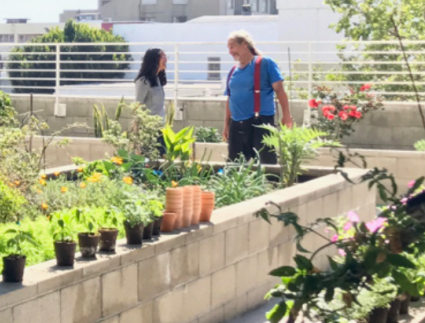 This report innovative examples to illustrate how systems of financial resources, public policies, leadership principles, and programs are aligning to improve health and economic outcomes for low- and moderate-income people and places.
This report innovative examples to illustrate how systems of financial resources, public policies, leadership principles, and programs are aligning to improve health and economic outcomes for low- and moderate-income people and places.
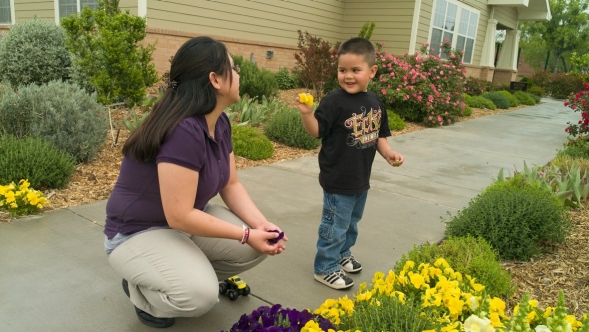
This issue brief explains how communities can leverage capital from hospitals and health systems to improve the environment for healthy living.
 Health Impact Assessment is a rapidly growing field that brings data, health expertise, and public input together. This data can identify the potential effects on public health of projects, programs, and policies. These case studies show how Health Impact Assessments work and inform state and local community development decisions.
Health Impact Assessment is a rapidly growing field that brings data, health expertise, and public input together. This data can identify the potential effects on public health of projects, programs, and policies. These case studies show how Health Impact Assessments work and inform state and local community development decisions.
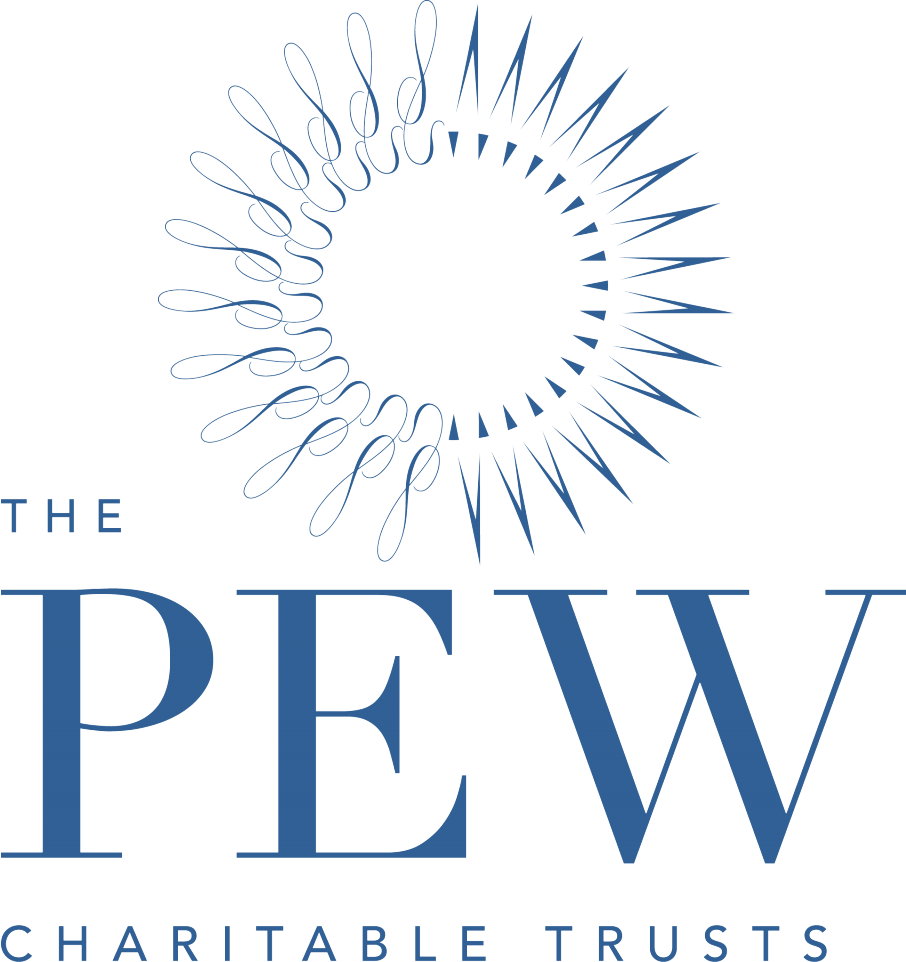 Health Impact Assessments can inform choices to improve public health through community design. Use this interactive map to sort and analyze data and figure out how to use these assessments to make your community healthier.
Health Impact Assessments can inform choices to improve public health through community design. Use this interactive map to sort and analyze data and figure out how to use these assessments to make your community healthier.
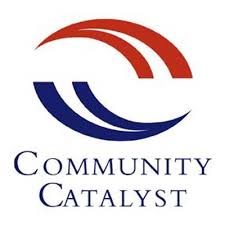 Nonprofit hospitals are required by the IRS to provide health services or other benefits to low-income communities. Community Catalyst provides tools and resources for grassroots organizations to engage local nonprofit hospitals in addressing unmet community health needs.
Nonprofit hospitals are required by the IRS to provide health services or other benefits to low-income communities. Community Catalyst provides tools and resources for grassroots organizations to engage local nonprofit hospitals in addressing unmet community health needs.
The 500 Cities project provide city- and census tract-level small area estimates for chronic disease risk factors, health outcomes, and clinical preventive service use for the largest 500 cities in the United States. It is a collaboration between the Centers for Disease Control, the Robert Wood Johnson Foundation, and the CDC Foundation.
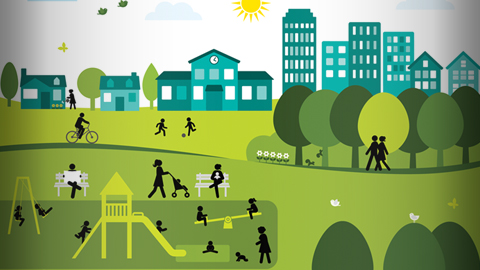
In Healthy Communities: A Framework for Meeting CRA Obligations, Elizabeth Sobel Blum of the Federal Reserve Bank of Dallas provides guidance on how financial institutions can invest in improving the social determinants of health in low- and moderate-income communities.
 Plan4Health connects communities across the country, funding work at the intersection of planning and public health. Coalitions work with communities to increase access to healthy food or increase opportunities for active living where residents live, work, and play. Their toolkit provides policies, best practices, checklists for success, and webinars.
Plan4Health connects communities across the country, funding work at the intersection of planning and public health. Coalitions work with communities to increase access to healthy food or increase opportunities for active living where residents live, work, and play. Their toolkit provides policies, best practices, checklists for success, and webinars.
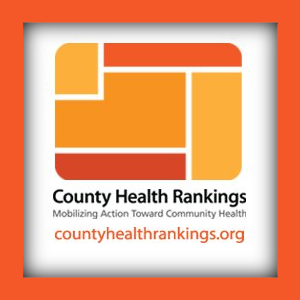 Find out how healthy your county is and explore factors that drive your health. County Health Rankings provides an interactive tool to gauge the relative health of communities, a roadmap for steps to create healthy communities, and a database rating health-based policies and programs.
Find out how healthy your county is and explore factors that drive your health. County Health Rankings provides an interactive tool to gauge the relative health of communities, a roadmap for steps to create healthy communities, and a database rating health-based policies and programs.
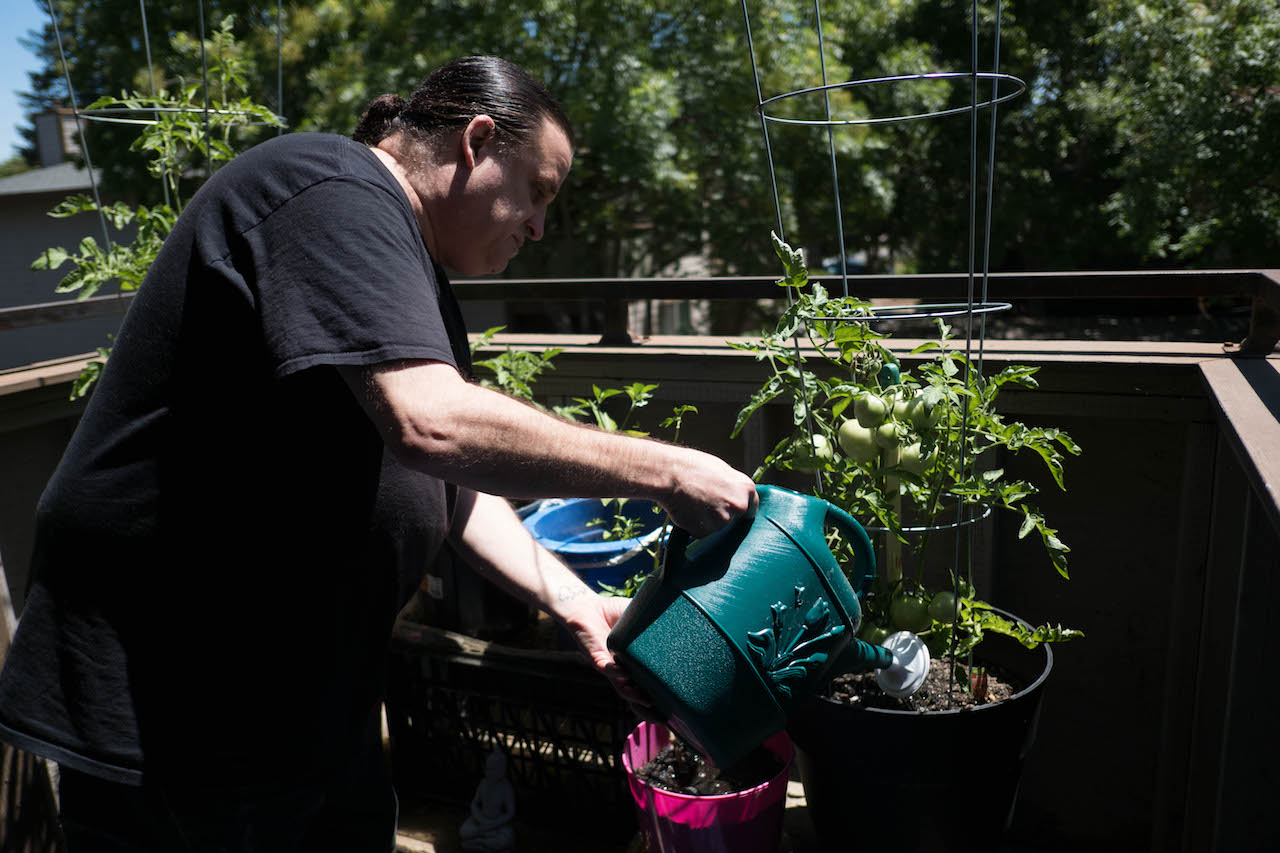 Dignity Health and other hospital systems are investing in homes for people living on the streets. Kaiser Health News looks at incentives for nonprofit hospitals, the impact on healthcare costs – and how a permanent home affected one man's life and health in Without This Housing, I'd Be Dead.
Dignity Health and other hospital systems are investing in homes for people living on the streets. Kaiser Health News looks at incentives for nonprofit hospitals, the impact on healthcare costs – and how a permanent home affected one man's life and health in Without This Housing, I'd Be Dead.
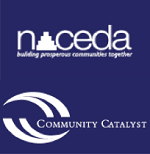 Banks and nonprofit hospitals have such a dramatic impact that the federal government has placed a regulatory structure around how that impact is implemented and monitored. Understanding these similarities can inform the community development and health sectors as they align resources and search for common goals to improve outcomes for low and moderate-income communities. View Community Benefit and CRA.
Banks and nonprofit hospitals have such a dramatic impact that the federal government has placed a regulatory structure around how that impact is implemented and monitored. Understanding these similarities can inform the community development and health sectors as they align resources and search for common goals to improve outcomes for low and moderate-income communities. View Community Benefit and CRA.
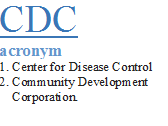 Working across the health and community development sectors begins with speaking the same language. If you’re lost in a sea of acronyms, this tool can help. The Build Healthy Places Network Jargon Buster demystifies common industry jargon.
Working across the health and community development sectors begins with speaking the same language. If you’re lost in a sea of acronyms, this tool can help. The Build Healthy Places Network Jargon Buster demystifies common industry jargon.
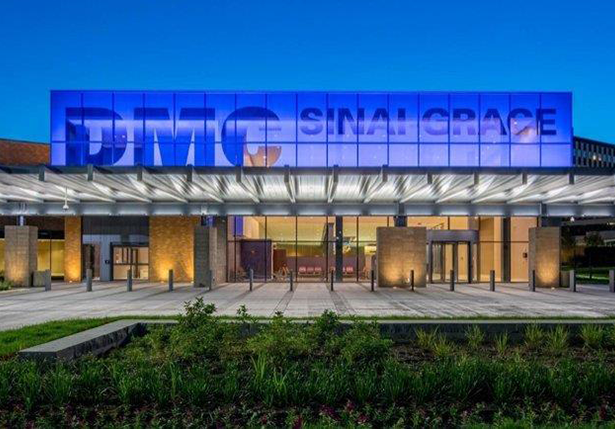
Detroit Medical Center’s Sinai Grace Hospital and Enterprise Community Partners developed an anchor institution strategy to benefit thousands of hospital workers and neighborhood residents. Read Cross-Sector Partnership in Winship Community to learn about the community development corporation they launched.
 Small, rural areas across the United States face problems like aging populations, youth migration, high poverty rates and poor health. Efforts like We 2Gether Creating Change in Drew, MS and Incourage in Wisconsin Rapids, WI are working towards building a healthier, more secure future for residents. View Rebuilding Healthy Communities in Rural America.
Small, rural areas across the United States face problems like aging populations, youth migration, high poverty rates and poor health. Efforts like We 2Gether Creating Change in Drew, MS and Incourage in Wisconsin Rapids, WI are working towards building a healthier, more secure future for residents. View Rebuilding Healthy Communities in Rural America.
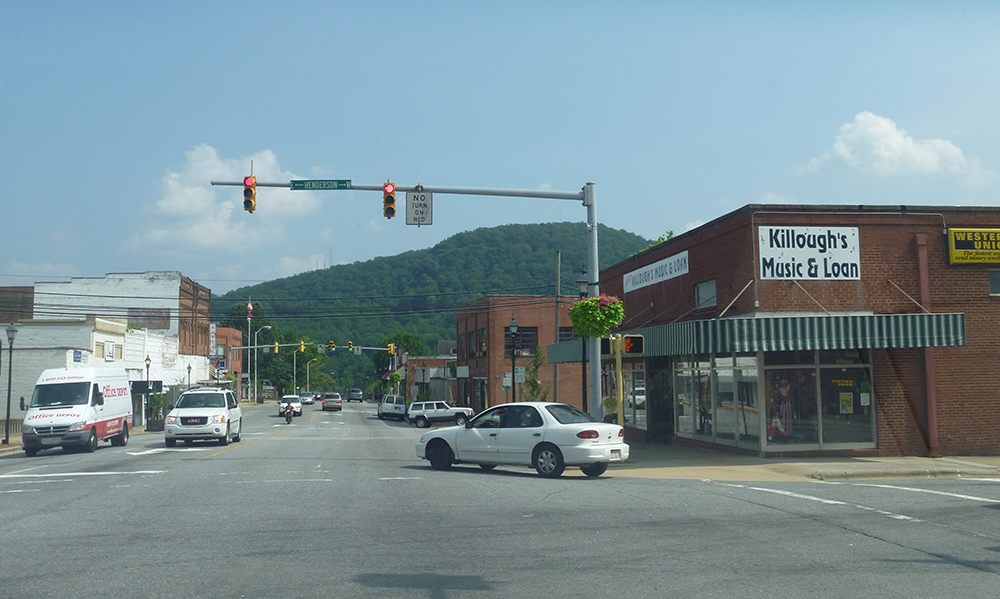 Despite factors contributing to poor health outcomes and loss of job opportunities, residents of McDowell County, NC are working together to invest in community-identified solutions to improve the health and prosperity. View Partnering for a Healthier WorkFORCE.
Despite factors contributing to poor health outcomes and loss of job opportunities, residents of McDowell County, NC are working together to invest in community-identified solutions to improve the health and prosperity. View Partnering for a Healthier WorkFORCE.
The Ohio CDC Association and Ohio Citizens for the Arts – through NACEDA's Creative Placemaking Immersion Program – partnered to host creative placemaking learning events in Ohio's Hamilton and Zanesville, attracting placemakers from community development, the arts sector, city governments, and more to learn how creative placemaking can fit into their local contexts and projects.
Watch the video the partnership made about their experience as state level organizations working for creative, prosperous people and places.
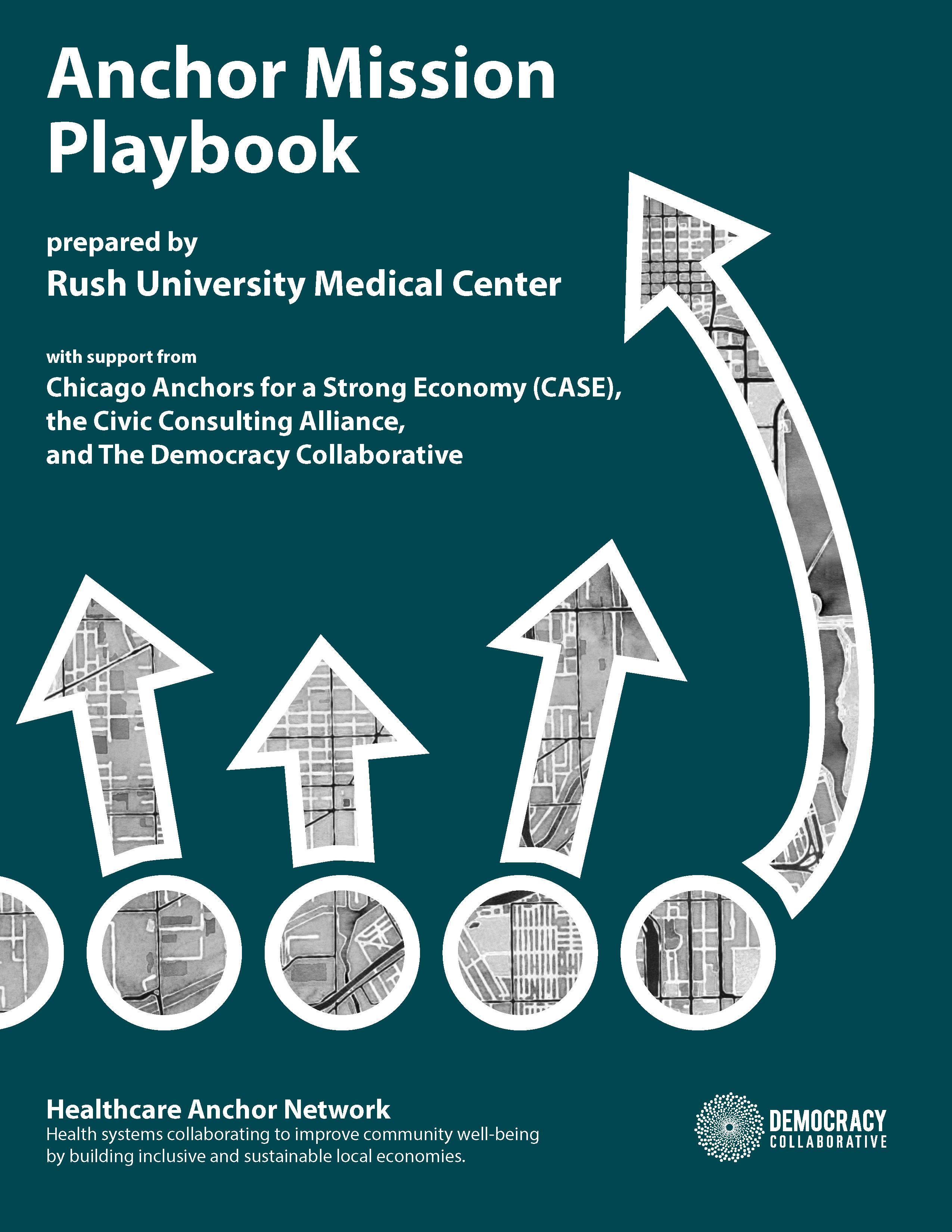 Anchor institutions can play a key role for low-income communities by better aligning their institutional resources—like hiring, purchasing, investment, and volunteer base—with community needs. The recommendations for hospitals and health systems in The Anchor Mission Playbook are drawn from Rush University Medical Center in Chicago, IL.
Anchor institutions can play a key role for low-income communities by better aligning their institutional resources—like hiring, purchasing, investment, and volunteer base—with community needs. The recommendations for hospitals and health systems in The Anchor Mission Playbook are drawn from Rush University Medical Center in Chicago, IL.
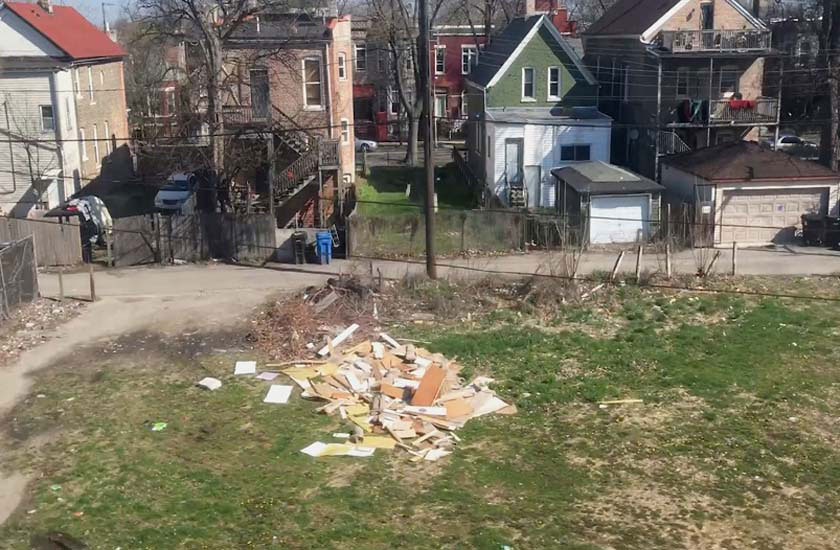 Rush University Medical Center is investing $6 million in organizations working to revitalize neighborhoods in the West Side of Chicago. Read how they are investing in housing to improve health: Rush to Make $6 Million in Impact Investments.
Rush University Medical Center is investing $6 million in organizations working to revitalize neighborhoods in the West Side of Chicago. Read how they are investing in housing to improve health: Rush to Make $6 Million in Impact Investments.
 ArtPlace America (a 10 year creative placemaking initiative) commissioned field scans to better understand how arts and culture interacts with different sectors within community development. Read the summary blog on 6 Things That Arts Can Do for Housing. And, access the full housing field scan, Exploring the Ways Arts and Culture Intersects with Housing.
ArtPlace America (a 10 year creative placemaking initiative) commissioned field scans to better understand how arts and culture interacts with different sectors within community development. Read the summary blog on 6 Things That Arts Can Do for Housing. And, access the full housing field scan, Exploring the Ways Arts and Culture Intersects with Housing.